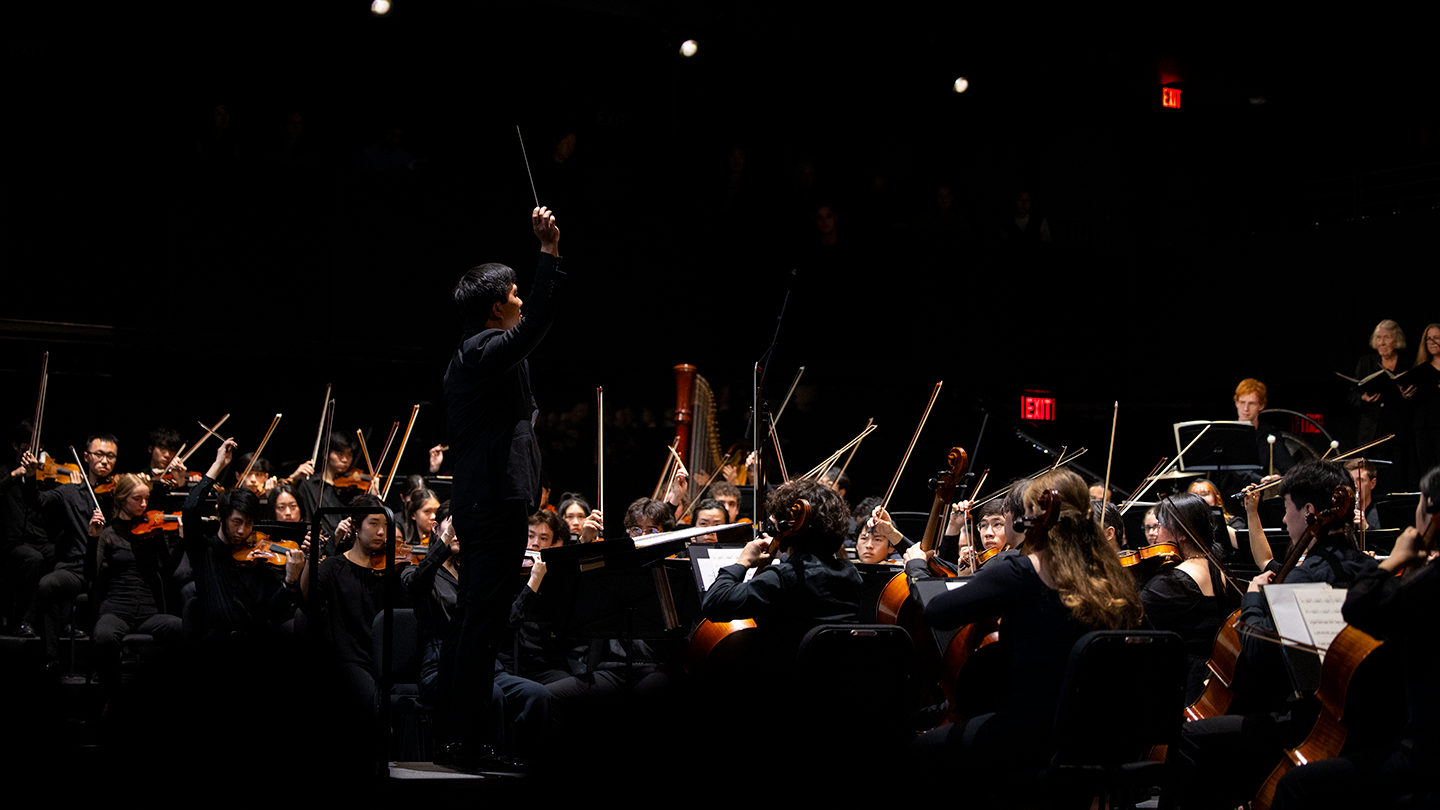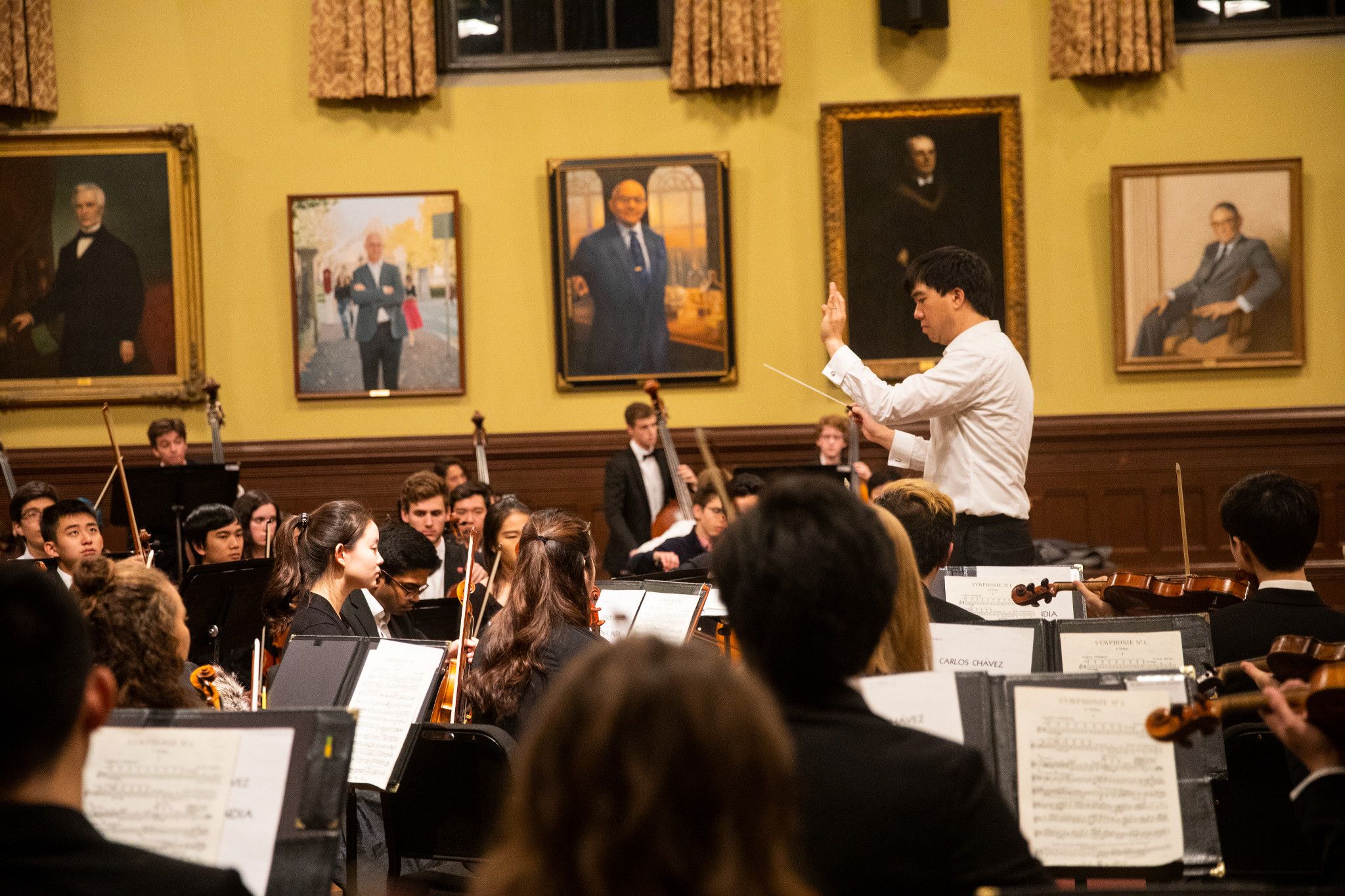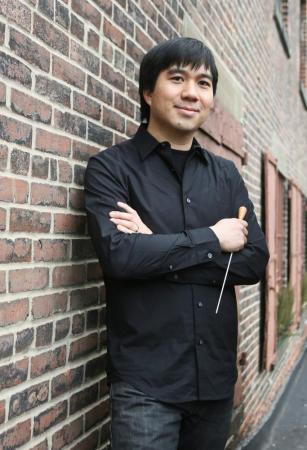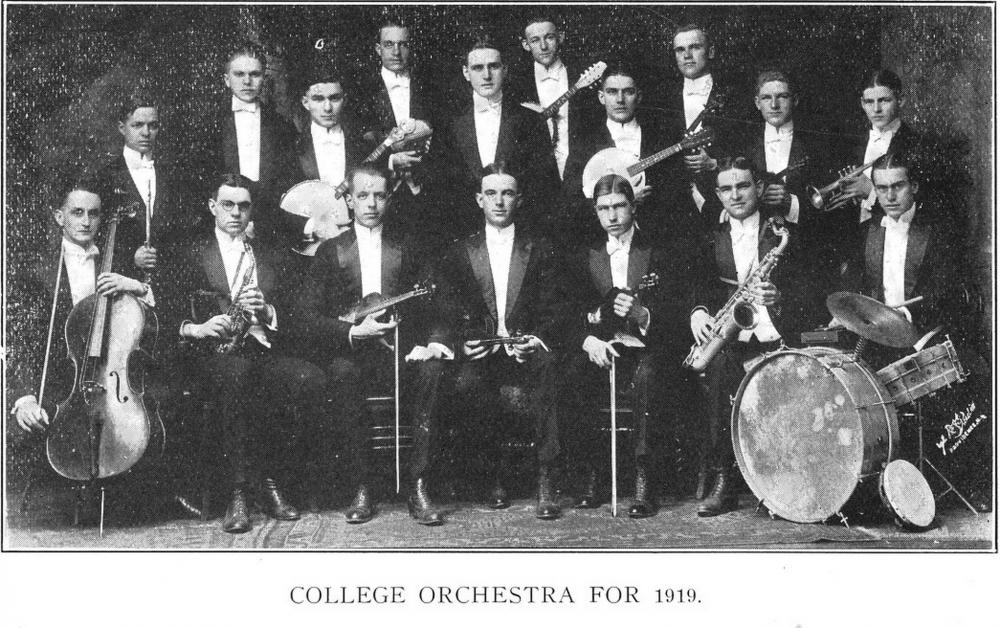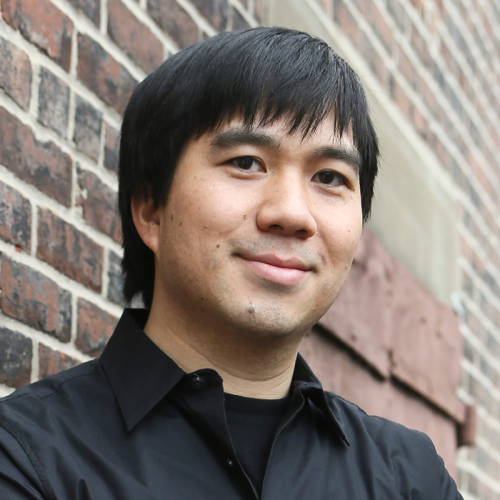Paul Phillips, a former pupil of Leonard Bernstein, became musical director and conductor of the Brown University Orchestra in the Fall of 1989. He helped put Brown's name on the musical map on a global scale. In December 2006, the Brown Orchestra became one of the first US collegiate orchestras to tour China, performing a two-week New Year’s concert tour of Beijing, Shanghai, Dalian, Suzhou, Changzhou and Ningbo produced by the Dalian Yilong Performance Company. The Brown Orchestra also completed a 10 day tour of Ireland, including performances with the Limerick Choral Union and a performance in the famous Wexford Opera Hall. A documentary about this trip can be found in the media section of this website, located here.
Itzhak Perlman, Navah Perlman ’92, Pinchas Zukerman, Eugenia Zukerman, Isaac Stern, Sergiu Luca, Mstislav Rostropovich, Laurence Lesser, Masuko Ushioda and Joseph Kalichstein are among the many renowned musicians who have appeared as soloists with the Brown University Orchestra during this period in its history. Actors Barry Bostwick and Brown alumna Kate Burton ’79 performed Peter Boyer's multimedia composition Ellis Island: The Dream of America with the orchestra in 2004 at Veterans Memorial Auditorium in Providence. Composers-in-residence hosted by the Brown Orchestra include Steve Reich, Steven Stucky, Michael Torke, Lukas Foss and Samuel Adler. Notable events in the orchestra’s history include trips to New York for concerts in Carnegie Hall and Avery Fisher Hall and to Montreal for a concert and recording sessions with choruses from McGill University; a 2006 concert in Boston’s Faneuil Hall; and concert exchanges and collaborations with orchestras and choruses from MIT, Tufts and Wellesley.
The Brown University Orchestra, a member of the American Symphony Orchestra League, has won the prestigious ASCAP Award for "Adventurous Programming of Contemporary Music" seven times since 1994, including 1st Prize in 2005 in the Collegiate Orchestra Division. The BUO sponsors orchestra retreats (usually held at Brown’s Haffenreffer Grant in Bristol, RI, or at Camp Canonicus in Exeter, RI) and its annual Concerto Competition, whose winners perform full concertos with the orchestra. In addition to student soloists, numerous student conductors and composers have performed with (or had their works performed by) the Brown Orchestra. The Orchestra’s alumni include current and former members of the Chicago Symphony, New York Philharmonic, New World Symphony and other outstanding orchestras.
